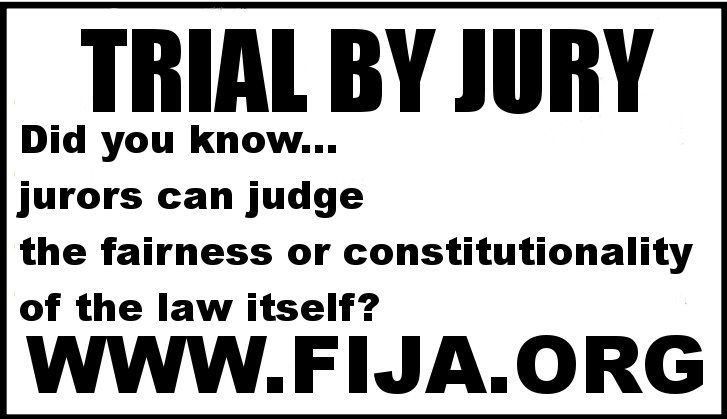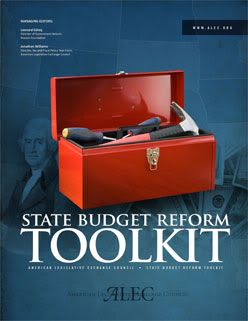Excerpts taken from Commentary Magazine.
Read the Entire Article Here. [Be advised to have plenty of Duct Tape on hand. --Ed.]
The Rise:
Carter ran for governor of Georgia against Carl Sanders, who had served in the post previously, earning a reputation as one of the early “Southern moderates.” (Georgia law prohibited serving two terms consecutively.) In the campaign, Carter presented himself as, in his words, “a local Georgia conservative Democrat . . . basically a redneck.” This formulation was calculated to convey a message about his stand on racial issues: a message of resistance to racial integration, if not of out-and-out racism. He reinforced the same message by making a campaign stop at a whites-only private school, and by promising to invite Alabama Governor George Wallace, the champion of segregation, to address the state legislature.
Topping it off was Carter’s reaction when, as a result of the Democratic gubernatorial primary, Lester Maddox emerged as his running mate. Maddox, a restaurateur and Sanders’s successor as governor, had gained notoriety by distributing to the customers of his whites-only establishment ax handles with which to batter any blacks who might seek to be served there. Carter took the pairing in stride, characterizing Maddox as “the essence of the Democratic party.”
But no sooner had he won office than he executed his remarkable shift on race, a move that landed him on the cover of Time as the apotheosis of the “new South” and made him a nationally recognized figure. The cause of this about-face is still a matter of conjecture. Since he was barred from running for re-election, it is possible that he was already weighing a presidential run and thinking in terms of a national audience. Or he may have long harbored liberal views that he had deliberately concealed. In any event, one of his associates later explained that it was Carter’s way to “run conservative and govern liberal.” He was soon to put that formula to use again.
The Hypocisy (Or Pinnacle)
The effect was exacerbated by one of Carter’s personality tics, strange in a man who boasted so often of his honesty: a compulsion to engage in flattery. At times, this could manifest itself toward a rightist ally like the Shah of Iran. Just months before the outbreak of the revolution that culminated in his toppling, Carter declared in a toast that Iran was an “island of stability” thanks to the “love which your people give you.” But the impulse expressed itself most strongly toward leftist strongmen. Carter hailed Yugoslav dictator Josip Broz Tito as “a man who believes in human rights” and as a “great and courageous leader” who “has led his people and protected their freedom almost for the last forty years.” Visiting Poland, then ruled by the Stalinist hack Edward Gierek, he offered a toast to its “enlightened leaders” and declared that “our concept of human rights is preserved in Poland . . . much better than other European nations with which I am familiar.” He outdid himself in receiving Romania’s iron-fisted ruler, Nicolae Ceausescu, enthusing:
The Fall"Our goals are the same, to have a just system of economics and politics, to let the people of the world share in growth, in peace, in personal freedom, and in the benefits to be derived from the proper utilization of natural resources. We believe in enhancing human rights. We believe that we should enhance, as independent nations, the freedom of our own people."
When it comes to Israel, it would take a book to catalogue all of Carter’s false or wildly misleading statements on matters historical, political, military, and diplomatic. Kenneth Stein, a Middle East expert at the Carter Center who had helped write The Blood of Abraham, resigned to protest the latest book. “It is replete with factual errors, copied materials not cited, superficialities, glaring omissions, and simply invented segments,” Stein wrote. “Aside from the one-sided nature of the book . . . there are recollections cited from meetings where I was the third person in the room, and my notes of those meetings show little similarity to points claimed in the book.”Commentary
What is to explain Carter’s passion against Israel? This question is not easy to answer. A recent article in the online journal FrontPage enumerated some of the millions of dollars that the Carter Center receives from Saudi Arabia and other oil-rich Arab states, but it is hard to know whether this is inducement or merely a benefit of Carter’s position. It is also true that opposition to Israel fits seamlessly into the ex-President’s leftist/third-worldist outlook in general. But this too does not explain the blind intensity of his obsession.
From a man who promised "I will not lie to you," there has been nothing but lies.
The Carter Center has received most of its funding from anti-Israeli sources, many of them from the Saudi Royal Family. [Investors Business Daily] [Discover The Networks]
I guess we all should have seen his vicious response to a poor, helpless rabbit trying to get out of the water as a window into his soul.
And why does the Legacy Media not pick up on the distortions, plagiarisms, lies, and outright hate spewed in his latest book? I hold that they share his bigotry.






























1 comments :
It is funny to notice how the left makes much hay out of the Bush family ties to the Saudis, when the Clinton family has ties just as close, and, of course, The Peanut Farmer.
Post a Comment